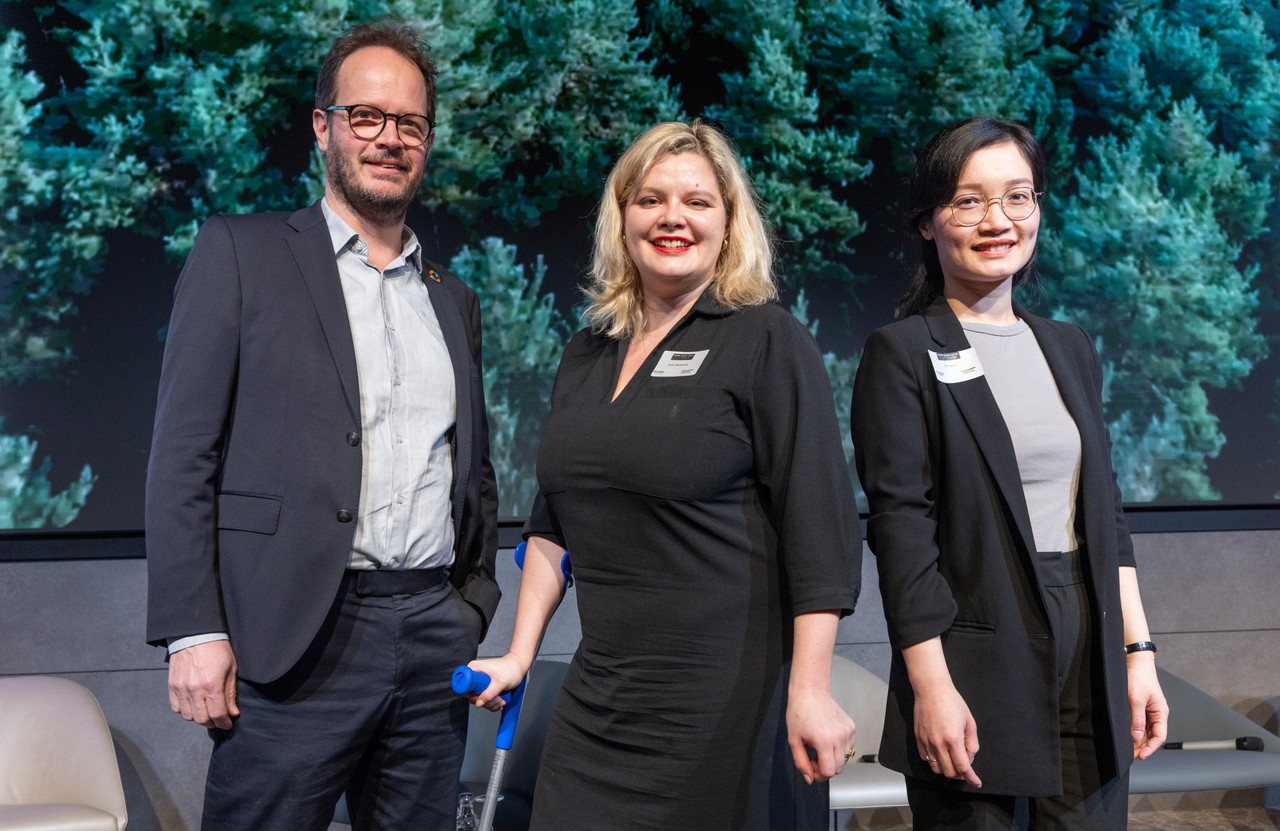“When we speak about circular economy, it is absolutely not the end of life for waste management,” said Anna Illarionova, ESG senior manager at EY. She argued that the products and services coming out of circularity contribute to reducing pollution through lower greenhouse gas (GHG) emissions and regenerating nature. Illarionova was speaking at the EFPA Financial Forum in Luxembourg on Tuesday 19 March.
Illarionova reported that scientists estimated that the resources of three planet Earths will be necessary to provide for a global population that may reach 10bn inhabitants in 2050. Consequently, “we think that a linear economy is not something possible anymore.”
Yet Illarionova reported that European Investment Bank’s figures show that only 7.2% of the economy is circular. The “potential is huge… for new products and services.”
Targeted sectors and source of funding
Tom Pfeiffer, founder & CEO at Triple Line Advisory noted that the New Circular Economy action plan adopted by the EU in 2020 was “a major building block of the EU Green Deal.” Illarionova concurred and thinks that the regulation focuses on industries such as textile, plastic, information and communication technology, real estate and manufacturing.
We all know the power of investor engagement [when] speaking to corporates
“There is a lot of opportunities for investors to invest into the circular economy… [in financial products] that span across public equities, private equities and fixed income,” said Giang Vu, sustainable investment strategist at Quintet Private Bank. She observed that the annual issuance of corporate and sovereign bonds with a focus on circular economy “has increased fivefold” between 2019 and 2021.
Vu noted that the investments in circular businesses are not solely the preserve of funds focusing on the circular economy. Indeed, she insisted that funds with a focus on transition to sustainability, or those targeting the UN’s Sustainable Development Goal 12 (responsible production and consumption) are all contributing to the objectives of the EU Green Deal. Yet Illarionova has “not identified too many funds” exclusively targeting the circular economy as per the name of the fund.
Business models typically contributing to a circular economy
Vu identified three business models: 1) the adopters of circularity in their business models, 2) the enablers are companies that provide solutions or technologies to improve material use and efficiencies to prevent waste, and 3) companies producing natural plant-based materials to replace non-biodegradable materials.
Engagement: a powerful tool to change behaviour
“We all know the power of investor engagement [when] speaking to corporates,” stated Vu. Amongst others, she noted that support from the , which targets the largest GHG emitters and corporate investors, included a circular economy in their strategies to produce steel, food and beverages.
Vu is confident that the EU taxonomy has “a great potential to provide a framework for investors to invest in the circular economy.” Targeting companies complying with the EU taxonomy will become easier as corporate disclosures and data improve.
Unlike climate with its greenhouse protocol, for instance, Vu explained that there is no established framework to measure circularity. She acknowledged that reorienting capital towards the circular economy will necessitate “more consistent and transparent data.”
Yet Vu is optimistic about the direction of travel thanks to the EU taxonomy as it provides “a common language or a framework to classify sustainable activities that can contribute to the circular economy.”
Circularity is not only an EU affair
Vu highlighted that other independent frameworks and standards are developed, such as the World Business Council for Sustainable Development’s circular transition indicators. She explained that they measure circularity in the operations of various sectors. She thinks that “these standards will help to standardise and harmonise indicators and KPIs… provide more [relevant] information to investors to make decisions.”
Investors may also be overwhelmed by the inherent complexity of the circular economy as it touches “all value chains, and across all sectors,” said Vu. “So, it is a challenge for finance to reach all of these sectors.” In collaboration with the private sector, she thinks that governments must play an active role by implementing policies to incentivise the full value chains to adopt circularity principles. The circular economy model should promote “integration, collaboration and partnership,” said Illarionova.

